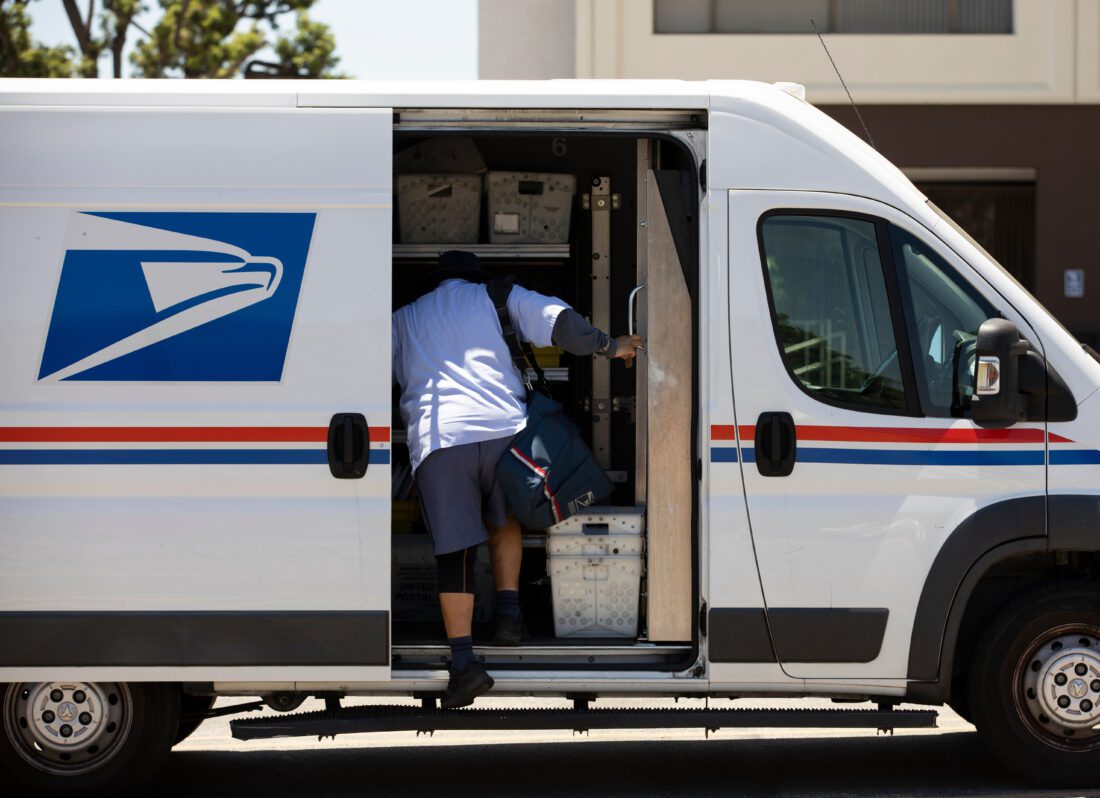Brain scans help researchers untangle the truth about lie detection
Study determines offering drug retailers a per-unit purchase subsidy benefits patients
Forty percent of all malaria-caused deaths in sub-Saharan Africa occur in the Democratic Republic of Congo and Nigeria, according to the World Health Organization. The private sector “supply chain” manages 74% of the drug volume in Congo and 98% in Nigeria where malaria-stricken patients rely on “drug shops” and other for-profit retail outlets to get life-saving medicine.
New research forthcoming in Management Science determines that the “shelf life” of malaria-fighting drugs plays a significant role in how donors should subsidize the medicine in order to ensure better affordability for patients.
New concerns over the emergence of drug resistant parasites are yet one more reason that private donors who fund malaria drug programs remain intent on making medicine available and affordable to patients. Artemisinin-based combination therapies, known as ACTs, are considered the best anti-malarial drugs but the lack of affordable ACT supplies for the poor motivates private donors to intervene and improve access.
 In “Subsidizing the Distribution Channel: Donor Funding to Improve the Availability of Malaria Drugs,” Terry Taylor, associate professor, UC Berkeley’s Haas School of Business, and co-author Wenqiang Xiao, New York University’s Stern School of Business, analyzed purchase subsidies vs. sales subsidies.
In “Subsidizing the Distribution Channel: Donor Funding to Improve the Availability of Malaria Drugs,” Terry Taylor, associate professor, UC Berkeley’s Haas School of Business, and co-author Wenqiang Xiao, New York University’s Stern School of Business, analyzed purchase subsidies vs. sales subsidies.
Donors structure their purchase and sales subsidies per each product unit. A purchase subsidy is a discount or rebate offered to the retailer at the point of sale or when he places his order. In contrast, the retailer only benefits from a sales subsidy when he sells the product to the consumer.
By analyzing the product characteristics (short vs. long life), customer population (degree of heterogeneity or diverse makeup), and the size of the donor’s budget, Taylor and Xiao found that for long shelf life products, such as ACTs (with a 24 to 36-month life from the factory to expiration), donors should only offer a purchase subsidy. In contrast, if a product has a short shelf life, a sufficiently large donor budget and a diverse customer population, it is optimal to offer a sales subsidy in addition to a purchase subsidy. Why?
“The sales subsidy becomes more attractive for perishable products because you don’t have to subsidize a purchased product that doesn’t sell,” says Taylor.
Unlike previous research, the study’s micro-level approach focuses on distribution channel details such as demand uncertainty, supply-demand mismatch, and the impact of subsidies on stocking and pricing decisions.
“In principle, it would seem that you would want to use both levers to influence stocking and pricing decisions,” says Taylor. “However when we took both into account, our model shows that the purchase subsidy is more effective in increasing consumption of the medicine and ultimately, saving lives.”
Taylor hopes these findings will help guide donors in improving the private-sector distribution channel for malaria drugs. He hopes that in the future, the study’s results could also help inform subsidy decisions for other global health products such as oral rehydration salts, the first-line of treatment for childhood acute diarrhea in developing countries.
Research by Prof. Terry Taylor, forthcoming in Management Science, determines that the “shelf life” of malaria-fighting drugs plays a significant role in how donors should subsidize the medicine in order to ensure better affordability for patients.
Posted in:
Topics:




